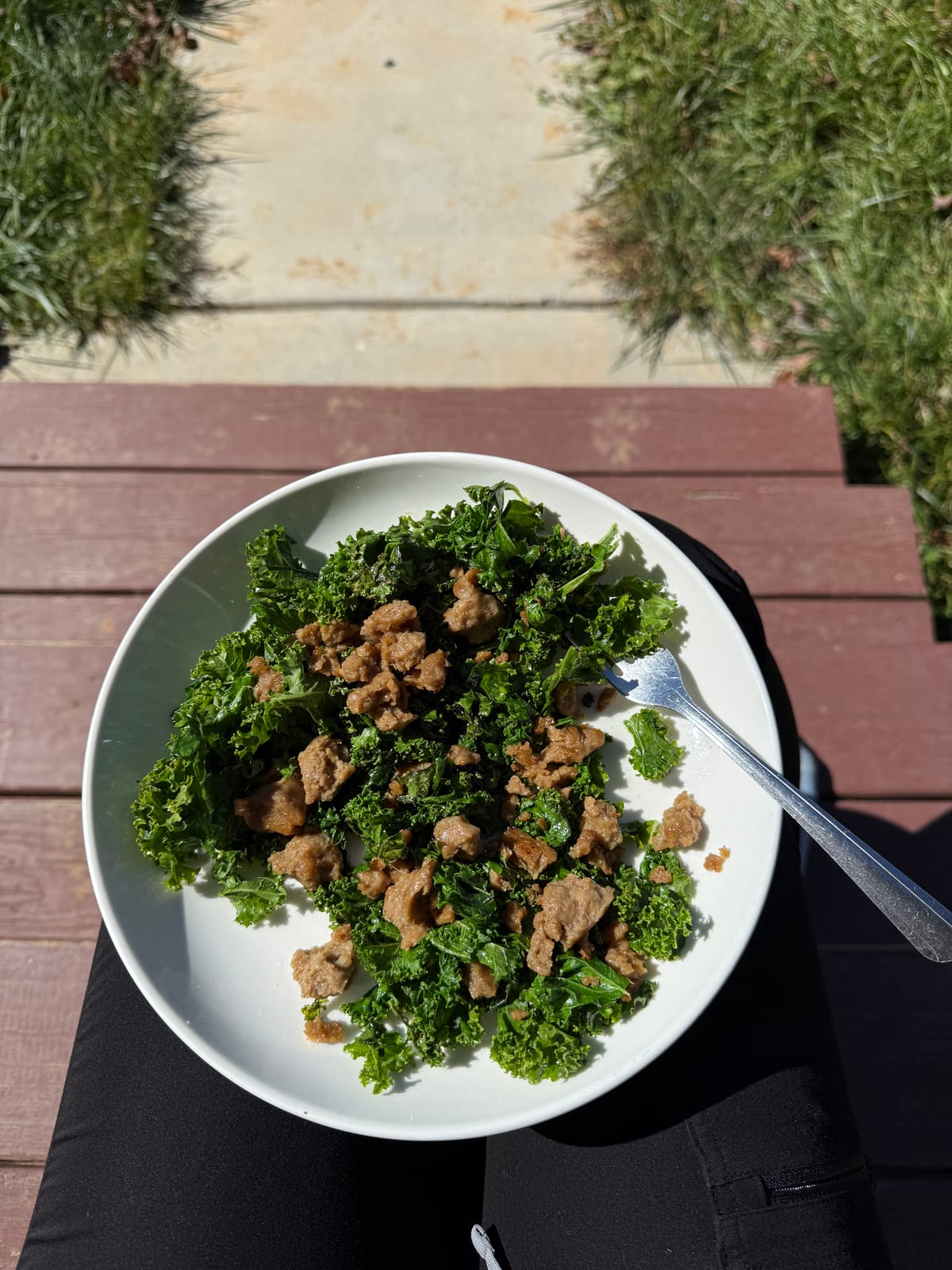Low energy availability (LEA) and/or relative energy deficiency (RED) is a problem athletes face when they are restricting carbohydrates too much, or not eating enough for their activity levels. Your body needs fuel to function at baseline - even if you aren't moving around at all! When you are training to build strength, endurance, or agility, your body needs even more nutrition.
Why care about LEA? Because if you're in a state of low energy availability, you will feel like trash. You'll feel tired despite sleeping adequately, you'll experience weight gain, your training will suffer, and you'll likely sustain injuries due to malnutrition.
Dr. Carla DiGirolamo (MD) wrote an article about low energy availability specifically in female athletes for the October 2024 issue of the CrossFit Medical Society newsletter. The highlights are below, but you can read the full article here.
- Inadequate carbohydrate intake is a major contributor to LEA / RED. The statement cites multiple studies in male and female endurance athletes that show that <3g carbohydrate/kg of body mass was associated with a deleterious impact on bone, immunity, and iron biomarkers and can accelerate the progression of LEA to REDs.
- Seminal research in sedentary females identified 30 kcal/kg of fat-free body mass/day as a threshold below which perturbations in sex hormones and changes in bone turn-over markers were seen and that >/= 45 kcal/ kg of fat-free body mass is optimal for maintenance and growth.
What does this mean for you, dear reader?
Knowing your fat-free mass is important for you to set caloric intake targets for yourself; and having a macro target for your carbohydrate intake is probably as important as having a protein target. This doesn't mean eat anything to fill in that carb space - but it does mean if you're restricting below that threshold level, you should consider increasing. I know this can be scary for female athletes used to eating very little and training extremely hard. (You can find out your fat free body mass using InBody scanning - look for a provider or gym who has one near you.)
We can use my metrics as an example. I'm a 140 lb female, with roughly 110 lb (~50 kg) of fat free mass (per my last InBody scan in summer 2024). My ideal body weight is around 135 lb (59 kg - I determine this by knowing what size/weight my body feels best at!). I should be consuming:
- 30 kcal * 50 kg = 1500 kcal/day minimum
- 45 kcal * 50 kg = 2250 kcal/day maximum
- protein target: 1.2 g per pound of ideal body weight (~135 for me) = 156 g/day
- carb target: 3 g per KG of ideal body weight = ~177 g/day
Hitting both of those targets takes me really close to hitting all my calories for the day... there are 4 calories in 1 gram of carbs and protein each, so hitting my protein target costs 624 calories, and hitting my carb target costs 708 calories. But these are just targets - and they're flexible.

